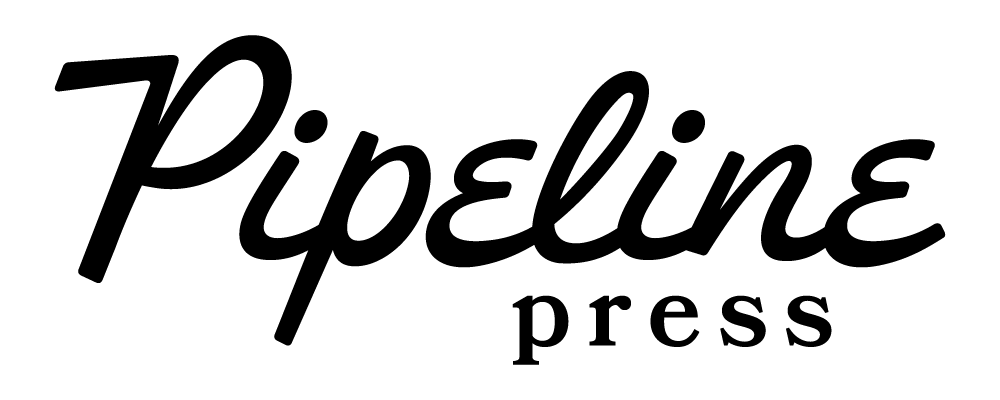Cold calling, we all love it. It’s the best way to get directly in front of your targeted prospect and book a meeting. Your manager will tell you “smile and dial,” while you smile and whisper “I hope you have a terrible day” under your breath. Yet you know that these are things that are part of the everyday process to book yourself more meetings, to fill the top of the funnel, and get more prospects in your pipeline.
Cold calling sucks, but only when you suck at cold calling
Rob Liano
I once had a Business Development Rep (BDR) manager that worked at a company where I was an Account Executive (AE). He would have the BDRs use a talk track as such:
“Hi [insert prospects first name], this is so and so, we spoke 3 months ago and you said now would be a better time, do you remember?”
If the prospect said yes the BDR would go straight into a quick reminder pitch and an attempt to book the meeting. If the prospect couldn’t recall, the BDR retorted with a “it’s ok, I’m sure you get a ton of these calls everyday. As a quick overview again…” While the BDRs would book us a ton of meetings, take a guess how bad our no show rate was? This type of approach I would not recommend, however it was effective enough to get us enough meetings to allow us to close deals and keep the startup alive to achieve a series C before I departed.
Chris Voss, former FBI hostage negotiator and author of Never Split the Difference, writes that a great way to break the ice with prospects is to ask opposite questions.
What he means is ask the prospect if now is a bad time. When prospects pick up the phone they are not expecting your call, and more than often want to get you off the phone quickly. They are instinctually ready to say no. It’s a character trait passed down by our neanderthal ancestors. By asking an opposite question, or a question where the answer is no, you are thus gaining permission to speak.
My first sales job was in SLED. At a learning management software company with a decent sized account list. As a BDR we would find out the closest school district using the software and reference them in our outreach to book meetings with either superintendents or tech directors.

If you’ve made it this far in the article, you’ll realize the theme above is that these are terrible ways to cold call. There is zero prospecting done, nothing has been personalized, no prep work. This is as cold as it gets. Some will argue sales is a numbers game and that may be true, but there is something to say for being the sharpest knife in the drawer. How do we personalize the outreach and ensure we are managing our time effectively?
Key ways to make your cold call more effective
- Prep work on your target prospect, their company, and their industry
- Send an email prior to and comment on their LinkedIn content if possible
- Understand problems facing your prospects role and or industry
- Have use cases available to review on the fly on how you helped others with similar problems
TLDR
People only buy to solve problems, if you understand the problems your prospects face and are an expert in how you solve them, you’ve got a sale.



